We are looking for friends to join us for our regular maintenance event at Tamsui Foreign Cemetery in Taipei.
The Cemetery is located near TamKang High School in Danshui.
It’s Tomb-Sweeping Season, and the Canadian Chamber is once again rolling up its sleeves and getting to work! A little bit of background for you:
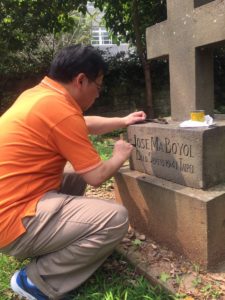
The Foreign Cemetery has been cared for by the Canadian Society (now the Canadian Chamber of Commerce in Taiwan) since 1984. There are more than 70 graves in the cemetery, many of which belong to Canadians.
We regularly check in on the cemetery to make sure that it doesn’t get overgrown, and repaint the lettering on the tombstones, etc.
We will have drinks, snacks, and a simple barbecue set up, so no one will go hungry.
(Donations gratefully received 😉 ). Work gloves will also be supplied.
Oh, and of course, there’s beer. Because we’re Canadians.
Feel free to bring the whole family; there’s usually lots of kids that come to these clean-ups. Come and experience a really wonderful historical site, and a bit of history that we share with Taiwan.
Please kindly RSVP at the Facebook Event Page for us to get an idea of the number of people joining us! Thank you!
For more information about the Tamsui Foreign Cemetery please visit:
https://www.canchamtw.com/help-us-maintain-the-danshui-foreign-cemetery/
For more info, please contact: info@canchamtw.com
The History of Tamsui Foreign Cemetery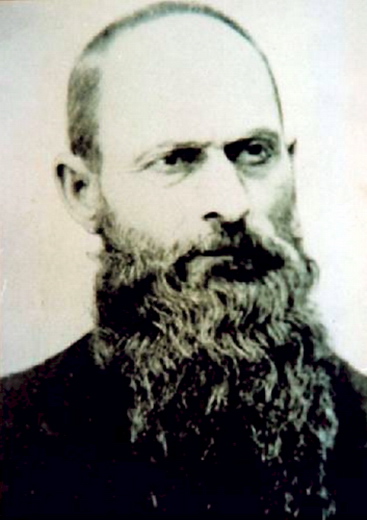
The cemetery grounds were consecrated in the early 1870s after a foreign event passed away in the Danshui area. She was buried on the top of the hill behind the Harbor. Soon after her, a second child passed away and was buried in the cemetery.
After the arrival of Dr. MacKay, the first Presbyterian missionary to northern Formosa, all foreigners were buried in the same area under the management of the British consulate, which was located in the Red Fort.
Dr. Mackay served with the Canadian Presbyterian Mission, and he is one of the best known Westerners to have lived in Taiwan. His grave lies in the eastern corner of the Tamkang Middle School campus.
His son is buried next to him.
The Japanese authorities in the early 1900s classified the lot as a cemetery, and it was given for perpetuity to the Consulate for the burial of foreigners.
The British Consulate was managing and maintaining the cemetery until the recognition of the PRC government in 1971, when the management was transferred to the Americans.
Following the closure of the American Embassy in the late 70s, the cemetery files were transferred to AIT, and the cemetery was abandoned.
Eventually, the wall was taken down, stones were stolen, and the graves became covered in tall grass.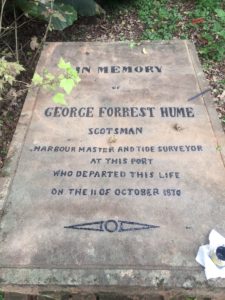
In the early 80s, two Presbyterians missionaries, Jack Geddes and Georgine Caldwell, tried to do something about the miserable state of the cemetery, where many Canadian expats are buried.
They began by cutting the grass and cleaning the graves, and it eventually passed it into the hands of the Canadian Society in Taiwan for safe keeping in 1984.
And so began our tradition of paying our respects to those who are buried there by keeping their final resting place clean and beautiful.
Among the dead who rest here are Canadians, British, Americans, Germans, French, Spaniards, Portuguese, and Chinese. Some were missionaries, others were sailors, harbor masters, merchants, engineers and many infants.
Each year, on Tomb Sweeping Day, we visit the cemetery to clean up the grounds and to pay our respects.
In 2014, the Canadian Chamber of Commerce in Taiwan decided to visit the cemetery more regularly as many of the tombstones and walls were deteriorating quickly.
Some of the tasks involved with our clean-up are: cutting the grass, fixing and repainting the stones, and removing garbage and other debris that accumulates there. In 2016, the CCCT, thanks to its generous benefactors, was able to rebuild the entrance gate to the cemetery. We have also started contribution drives among the foreign community to rebuild the surrounding walls.
To stop the city government from destroying the cemetery to widen roads, the CCCT lobbied to declare the Danshui Foreign Cemetery a historical site in Taipei.
This happened officially in 1998, and the cemetery has been in our safekeeping ever since. Since then, money and raffle sales from our small business events has been allocated to the cemetery to help with its annual upkeep.
As the cemetery is adjacent to Dr. George Mackay and his family graves inside the TamKang High School, the school has also shown interest in helping with maintenance.
The wall between the two cemeteries was lowered to its original height, merging the two sites, giving them the view you have today.
Directions to Danshui Foreign Cemetery
Google Maps link:
淡水外僑墓園
02 2620 3850
https://maps.app.goo.gl/hFArdxhfC16dcZkd8
1. On Foot, Taxi
- Get off at the MRT Danshui Station 淡水站
- Take Zhongshan Road 中山路 and turn right on Xinsheng Street 新生街
- Walk up Xinsheng Street 新生街 and turn left on Xinmin Street 新民街
- Walk up Xinmin Street 新民街 and turn left on Zhenli Street Lane 3 真理街3巷
- You’ll see the entrance of the cemetery on the right. Note: Total distance 1.5km, about 30 minutes’ walk. Taxi is about $120.
2. By Bus
- There’s a bus stop across from MRT Danshui Station 淡水站
- Take Red-26 and get off at Aletheia University 真理大學.(it’s the 4th stop)
- Walk up the hill, pass Aletheia University真理大學 and you’ll see Tamkang High School 私立淡江高中.
- The cemetery is inside the high school on the north east corner of the campus.
3. Drive
- Take Zhongshan Road 中山路 to Wenhua Road 文化路.
- Take Wenhua Road 文化路 to Zhenli Street 真理街 and turn right on Zhenli Street, Lane 3 真理街3巷 to Danshui TamKang High School 私立淡江高中.
- Please park inside the high School. The cemetery is inside the high school on the north east corner of the campus. Note: About 15 minutes’ walk.
Featured Image Source: Guide Gecko
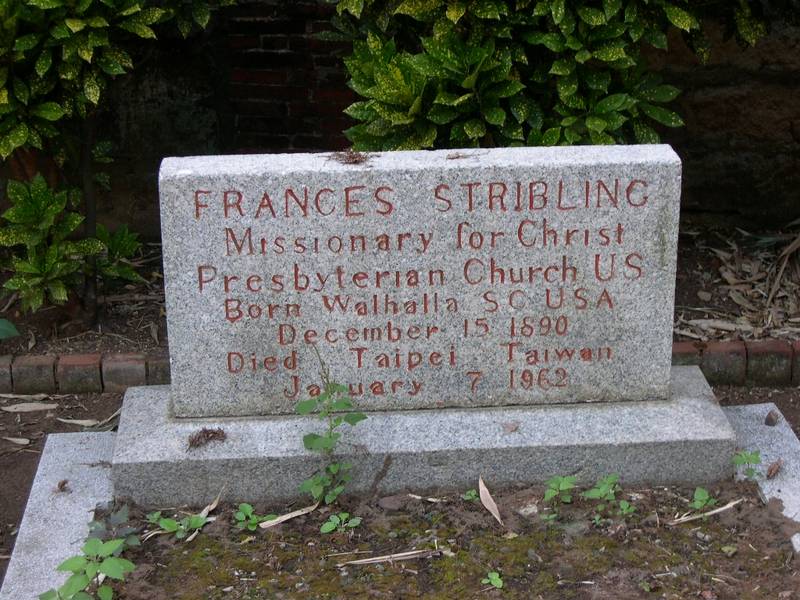
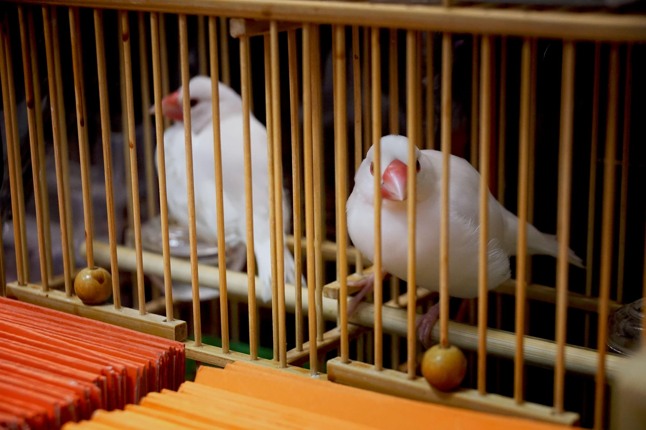
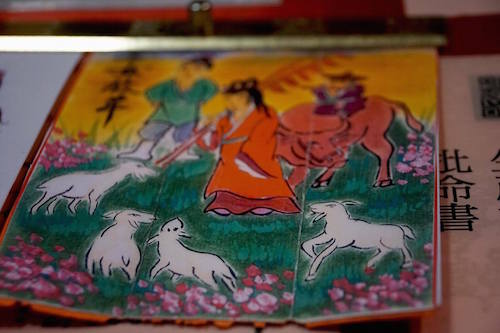
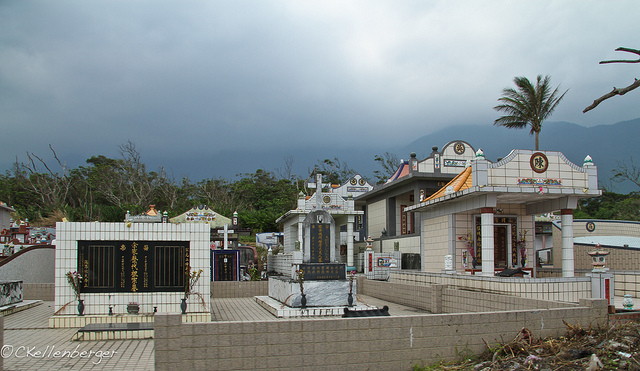
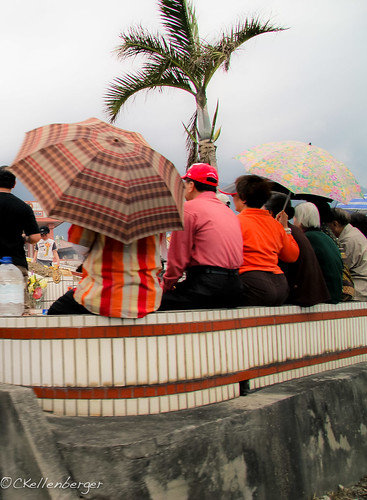

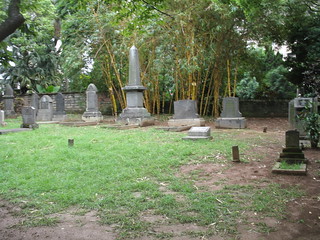

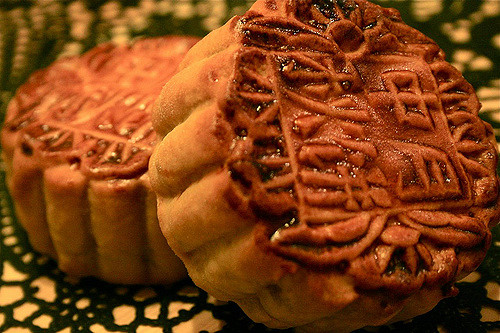
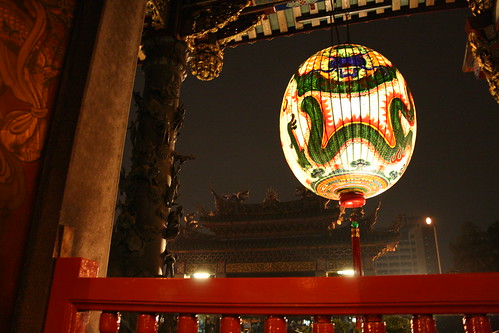
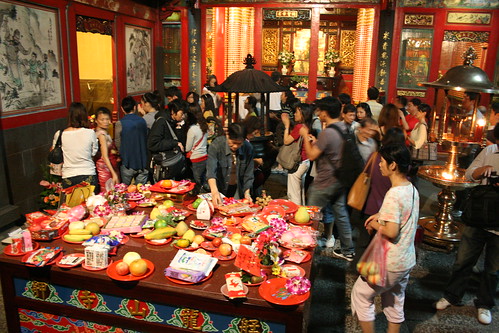
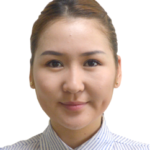 Bilguun Namsrai is a Mongolian student who has been studying in Taipei, Taiwan since 2012. She completed her final year of undergraduate in capital city of Mongolia where she studied International Law.
Bilguun Namsrai is a Mongolian student who has been studying in Taipei, Taiwan since 2012. She completed her final year of undergraduate in capital city of Mongolia where she studied International Law.